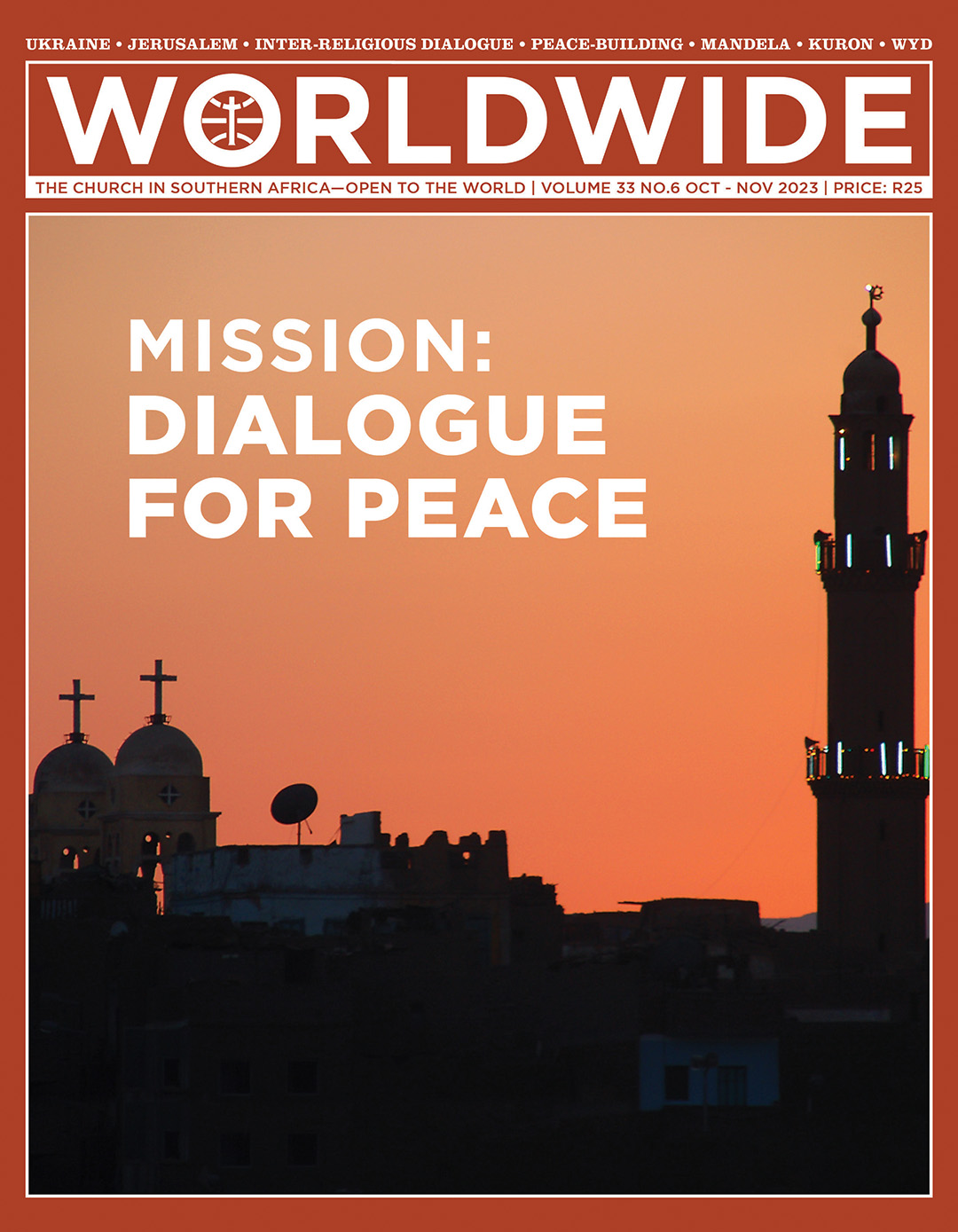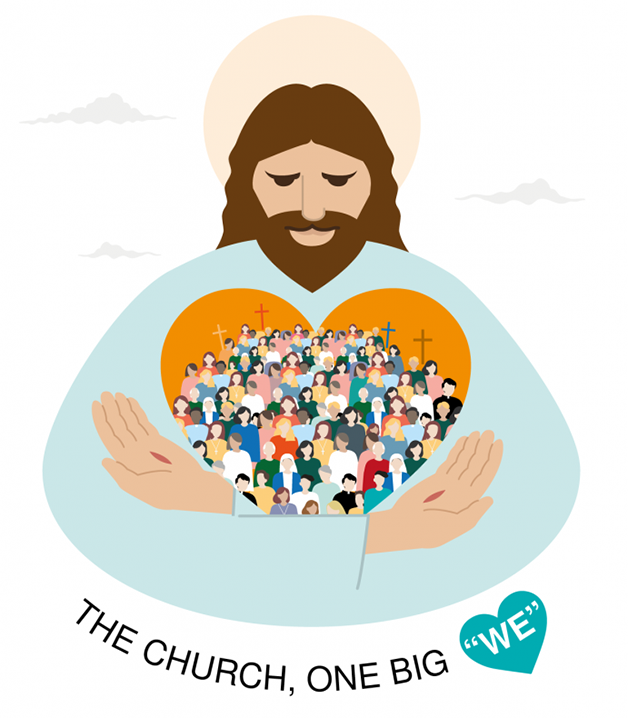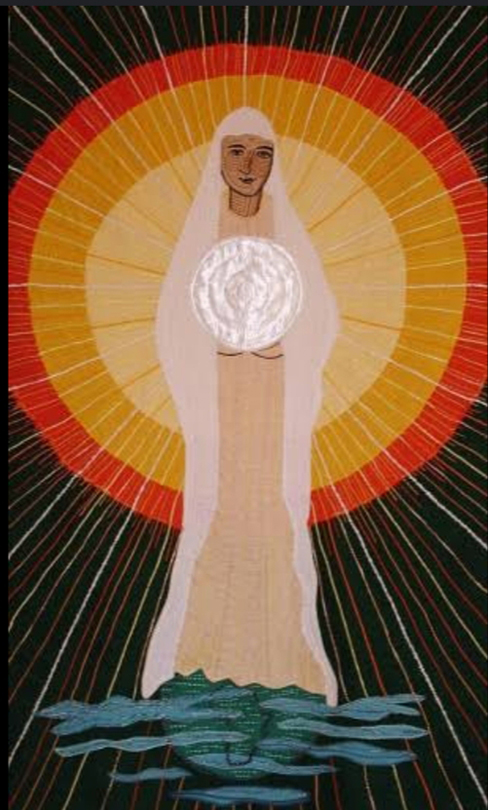
MISSION: DIALOGUE FOR PEACE
The Mosque minarets and church domes of the front cover, facing each other at twilight, transmit a sense of harmony and serenity. The two main religions of the world, Christian and Islam, are called to a mutual understanding and peace-building for the well-being of humanity. The essence of its traditions, far from fundamentalist interpretations, should lead their faithful to pursue together the values of justice and fraternity.
FOCUS • SYNOD ON SYNODALITY

The Vatican’s ‘Synod on Synodality’ begins
The unprecedented gathering of 464 Catholic clergy and laypeople,
including women, begins on October the 4th at the Vatican.
BY Claire Giangravé | Religionnews.com, Vatican City
Catholic clergy and laypeople will gather at the Vatican between the 4th and the 29th of October for a synod, a summit to discuss synodality, with an emphasis on communion, participation and mission. The term synodality reflects Pope Francis’ vision for dialogue and decision-making in the Church.
The summit will bring 464 Catholic clergy and laypeople, including an unprecedented number of women, 54, to discuss hot-button issues; 365 of those participants will have the right to vote. For the first time, laypeople will be full voting members, unlike earlier synods when only bishops had the right to vote. “It is something truly important for the Church,” the Pope said.
Pope Francis will preside at the inauguration Mass on Oct. 4. The Vatican announced last April that the Synod will be extended, meaning participants will convene again for a second time in the second half of 2024.
Representatives from Eastern Churches and high-ranking members of the Roman Curia will also be present. Pope Francis personally selected 120 delegates.
There will be spiritual assistants, 28 theologians and 34 facilitators, whose role will be to promote a synodal atmosphere at the event and encourage what the Instrumentum Laboris describes as “conversations in the spirit.”
Two bishops from China will attend it, having received permission from authorities in Beijing and the approval of Pope Francis. This is the second time Chinese bishops have been allowed to participate at a synod; the first time was at the Synod on young people, in 2018.
Participants in this occasion were selected by the bishops’ conferences, but the Vatican sent recommendations to be followed, such as the inclusion of laypeople and especially women.
How the Synod on Synodality came about?
The Synod is the result of a two-year process that started in September 2021, with a preparatory document and instructions by the Vatican. Catholic faithful around the world then met in their parishes to discuss questions posed by the Synod preparatory commission. The syntheses of those conversations were then sent to their respective bishops’ conferences.
Once bishops had the opportunity to discuss—and debate—the syntheses, they sent their conclusions to the Vatican, where a group of 30 experts, theologians and pastoral workers met near Rome, in September 2022, to draft a document titled “Enlarge the Space of your Tent,” to guide in the next phase, and which was sent to the Continental Assemblies of bishops. The Eastern churches and Catholic advocacy groups also had a chance to submit their reflections on the synodal topics.
The results of those continental discussions were sent once again to the Vatican, where officials at the Synod office drafted another document, the Instrumentum Laboris 2, that will guide discussions at the upcoming Synod.
How will the Synod take place?
What is unique about this Synod is its attempt to make synodality effective in the way it’s carried out. Participants will be asked to speak briefly and their speeches will be followed by a moment of reflective silence and prayer. The event will be divided into five modules: Synodality, Communion, Participation, Mission and a final assembly to cast a vote. After listening to the public pronouncements and testimonies at the general assembly, attendees will be divided into English, Italian, French, Spanish and Portuguese language groups.
Before starting discussions of the topics, the working groups will pray for the Holy Spirit to guide them. Theologians and facilitators will only be allowed to participate at the plenary sessions and not in the working groups.
A summary of these discussions by the smaller groups will be sent to the Secretariat of the Synod office, led by Cardinal Mario Grech, which will collect all the information and send it to the theologians who attended the Synod. The theologians will write a final synthesis which will be submitted for the vote of the plenary assembly.
The Vatican has decided to keep the plenary sessions and the groups discussions at the Synod secret, behind closed doors. Journalists reporting on the Synod will have to rely on occasional briefings by the Vatican’s communication department.
Why is this Synod so important?
Synod organizers will say that it’s impossible to predict what will emerge from the synodal discussions which, they insist, will be guided by the Holy Spirit. The preparatory process offers some insights into the expectations of participants and observers.
At the parish level, the summaries of the discussions underlined the need to reflect on the role of women in the Church, the welcoming of gay and lesbian Catholics and the possibility of a married priesthood. These concerns were not only present in Western churches, but also for faithful in parishes all over the world who are grappling with how these issues relate to their beliefs.

